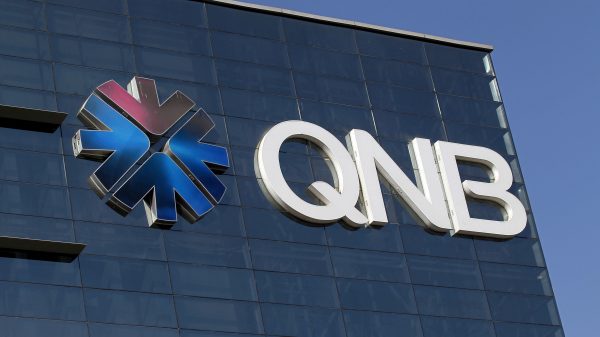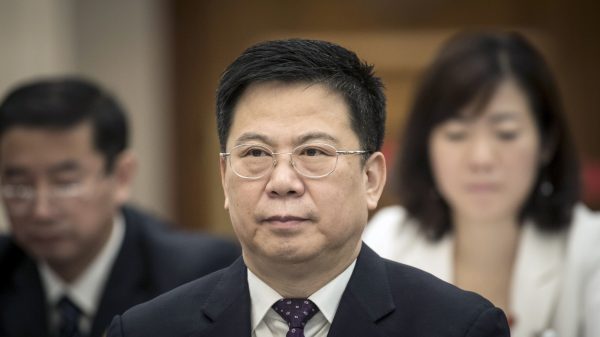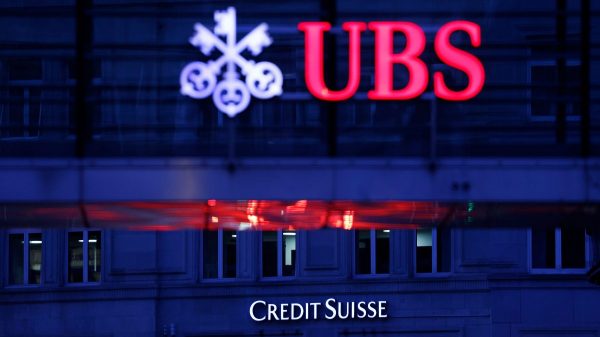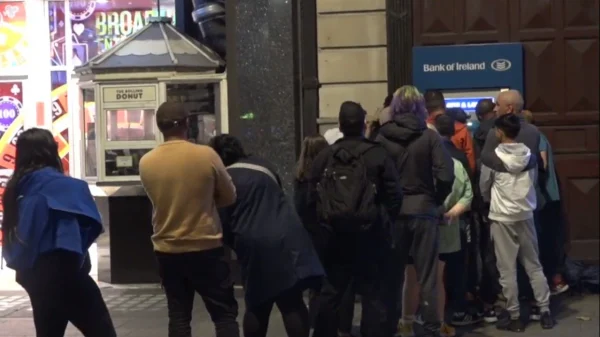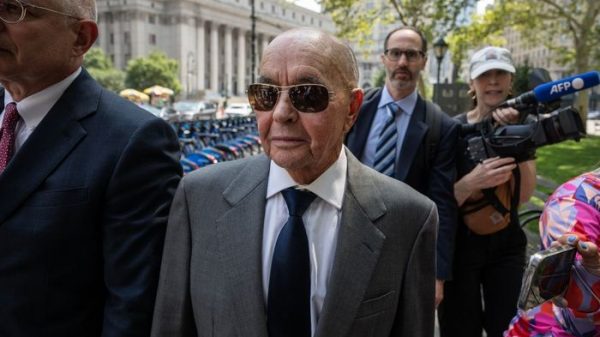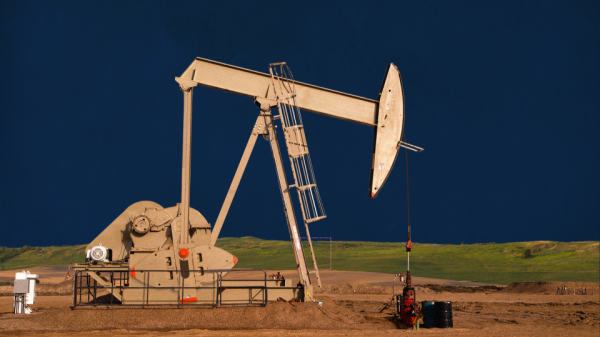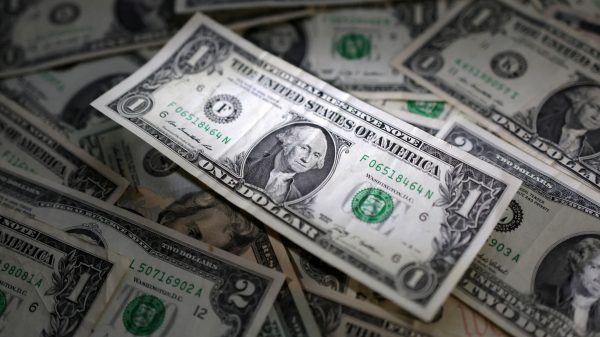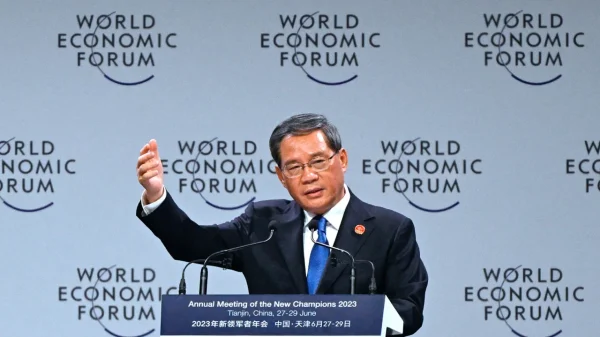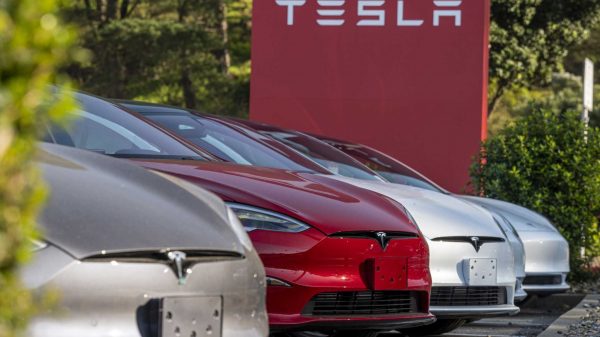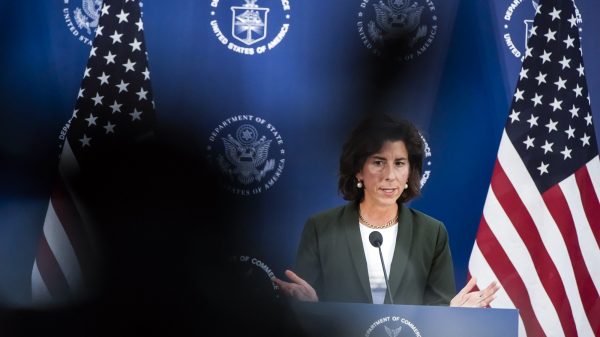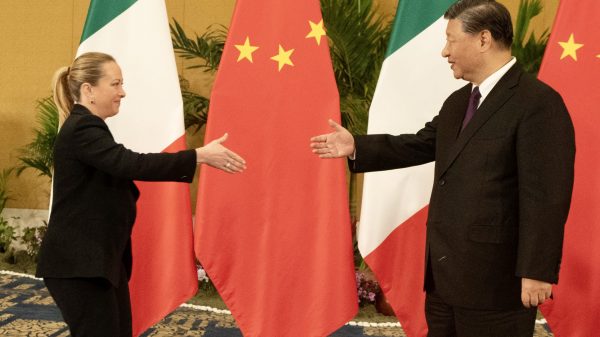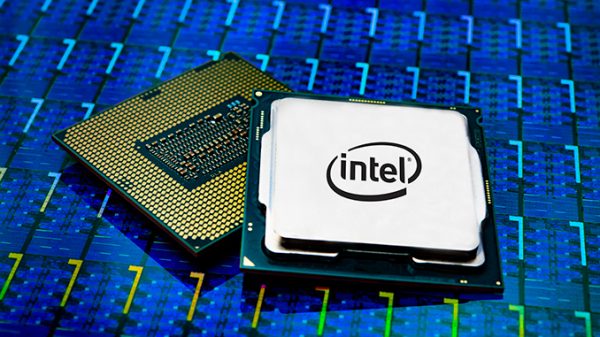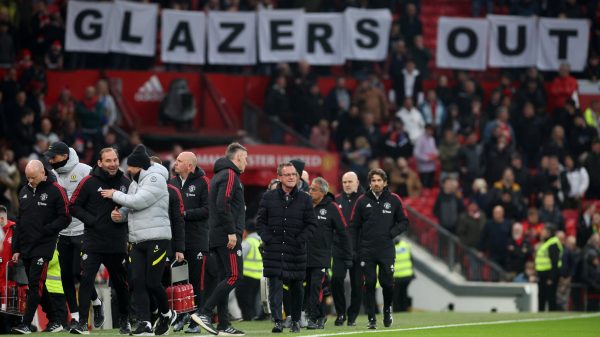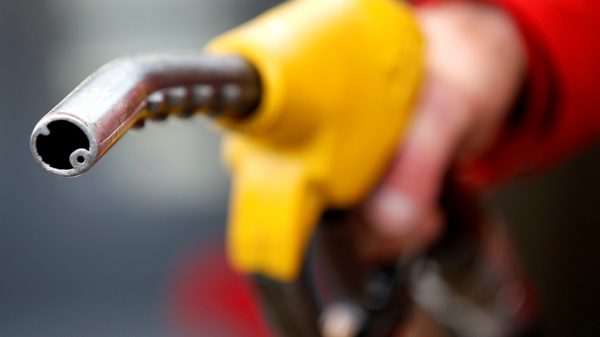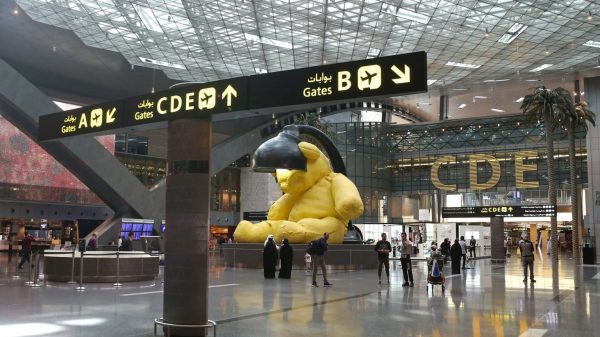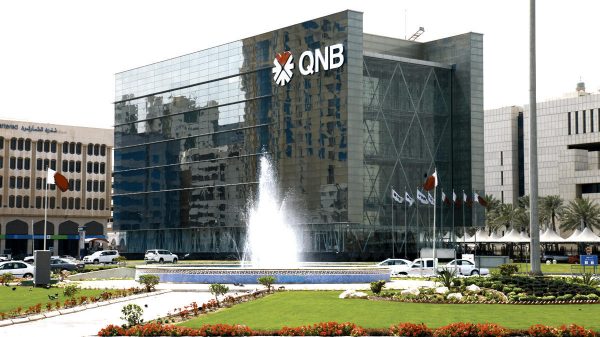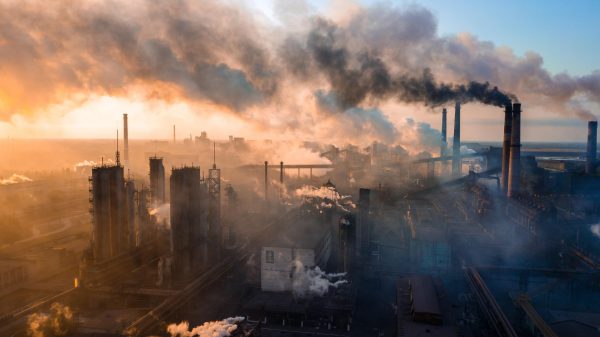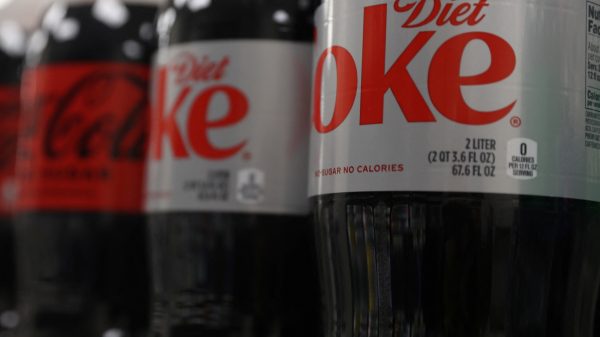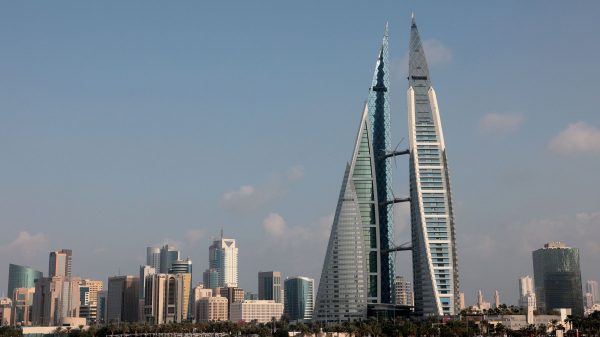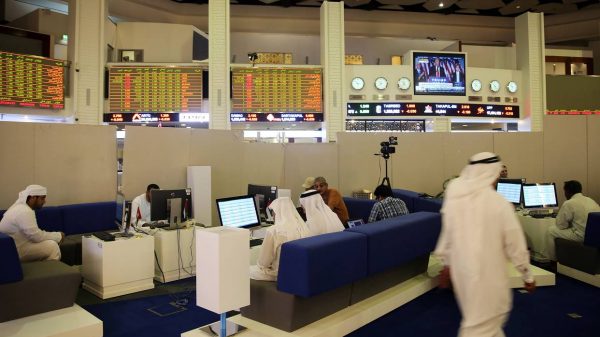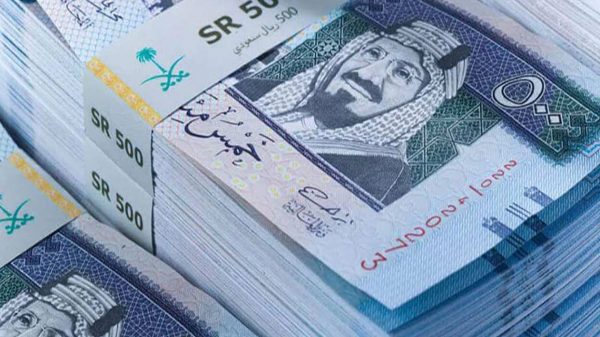MUMBAI: Shares recorded the highest Muhurat day gains in 10 years on Wednesday as falling oil prices and a stabler rupee comforted investors rattled by steep losses in September and October. The Sensex gained 246 points, or 0.7 per cent, to end at 35,237.68, while the Nifty closed at 10,598, up 68 points, or 0.65 per cent.
This is the Sensexs best performance on Muhurat day since 2008, when it had climbed 6 per cent amid the scare caused by the collapse of Lehman Brothers and the global financial crisis. Of the 2,497 stocks that were traded on BSE on Wednesday, 77 per cent or 1,932 ended in the green. Muhurat trading is a special trading session of one hour on the day of Diwali and is usually marked by token buying by retail investors, high net worth individuals and retail brokerages.
“Movements in the stock market can be highly volatile given the current global and domestic macro environment and a heavy political calendar,” said Navneet Munot, CIO, SBI Mutual Funds. “However, given the sharp correction over the last two months, the market could give a decent return over the next one year.”
The Sensex began Samvat 2075, the Hindu calendar year, on a high note and it ended the previous year on Tuesday on a slight high. More than Rs 5 lakh crore of investor wealth was wiped off in September and October after investors took fright at a series of defaults by Infrastructure Leasing & Financial Services and dragged down shares of nonbanking finance companies. The sharp rise in crude prices impacted the rupee which fell to an all-time low of Rs 74.48 to the dollar before recovering to trade around the Rs 73 range. Crude oil has since been falling and this was reflected in gains in shares of oil marketing companies on Wednesday.
Fund managers and brokers said next one year should be reasonably good for equity investors due to comfortable valuations despite challenges.
“Markets seem to have bottomed out for the short term,” said Nirmal Jain, chairman, IIFL Group. “Things will improve from here onwards as rupee is stabilising, crude is falling and NBFCs liquidity situation is also improving.”
Samvat 2074
Among the Sensex stocks which led the gains were auto stocks such as M&M, Tata Motors, Hero Motocorp, Bajaj Auto along with Infosys and Vedanta which gained between 1 per cent and 2 per cent.
The BSE midcap and smallcap indices gained 0.80 per cent and 1.19 per cent, respectively.
Among sectors, the BSE Automobile index rallied 1.08 per cent while indices comprising banks, consumption, IT and metals rallied nearly a per cent.
Samvat 2074 was the most volatile year with Sensex rallying over 20 per cent between October 2017 and August 2018 before falling 15 per cent in the next two months. “Mid-term market outlook depends on a little bit of luck in terms of oil prices and little bit of sensibility for a stable pro-economy government at the Centre in the forthcoming general elections in May next year,” said Nilesh Shah, CEO, Kotak Mutual Fund.
“Valuations are currently reasonable compared to last year samvat and, hence, one can expect a decent return.”
Though the Sensex gained 8.3 per cent in Samvat 2074, the BSE Midcap and BSE Smallcap index lost 8 per cent and 15 per cent, respectively.
The year also recorded one of the sharpest outflows by foreign funds, which sold nearly Rs 23,000 crore in Samvat 2074. However, domestic mutual funds pumped in nearly Rs 1.33 lakh crore during this period. “I think the market will do well in coming year because of having already seen the bad things being played out,” said Samir Arora, founder & fund manager, Helios Capital.
[contf]
[contfnew]
ET Markets
[contfnewc]
[contfnewc]



